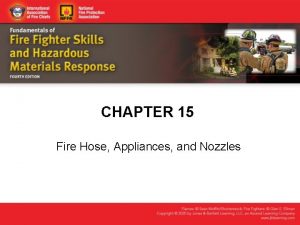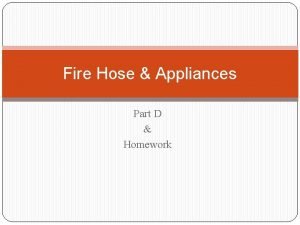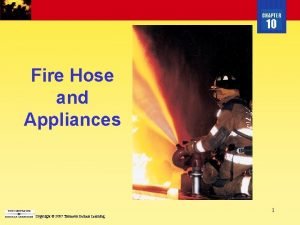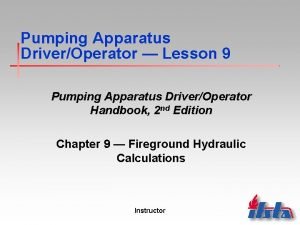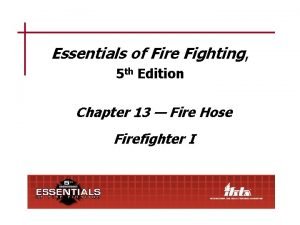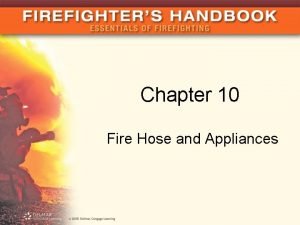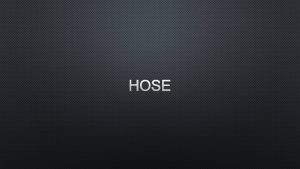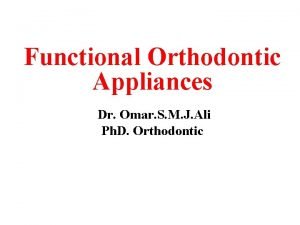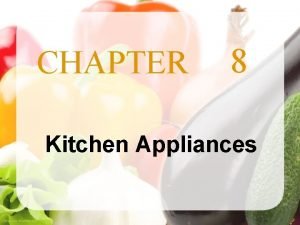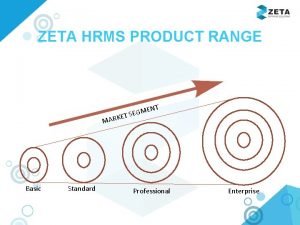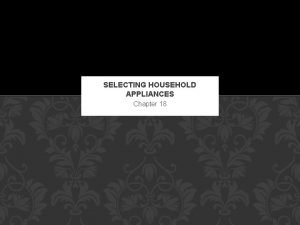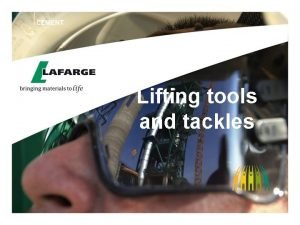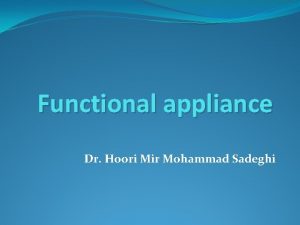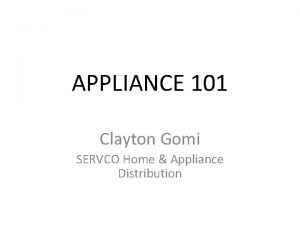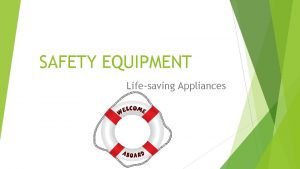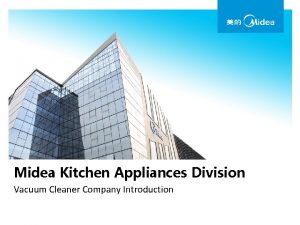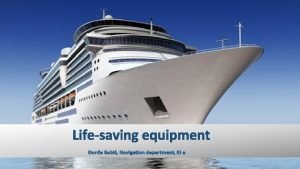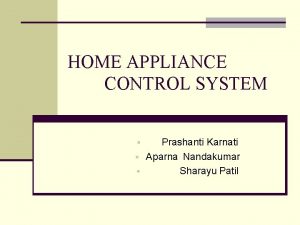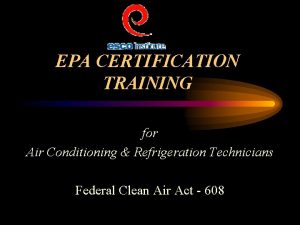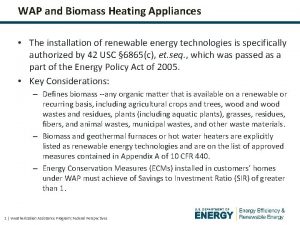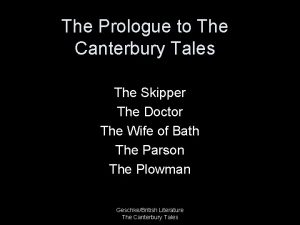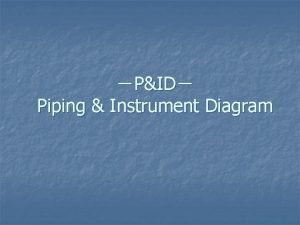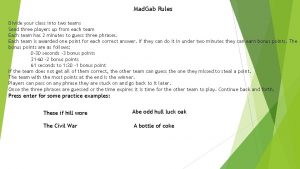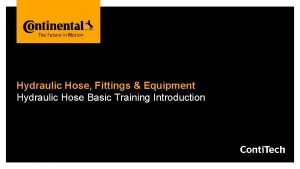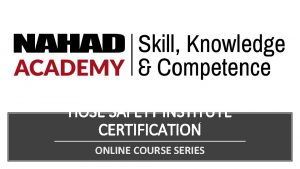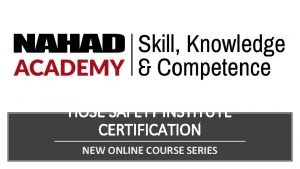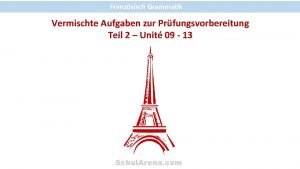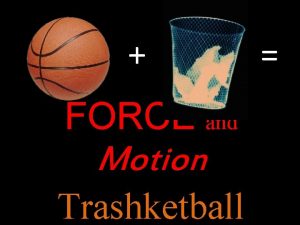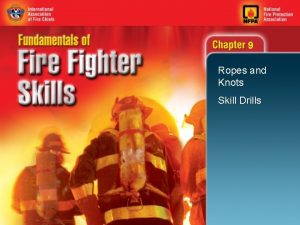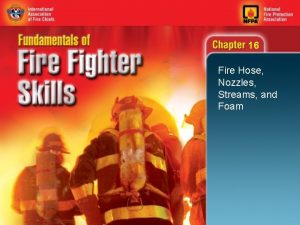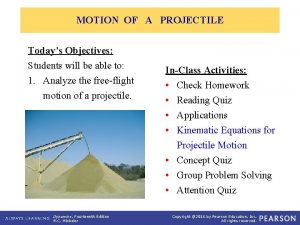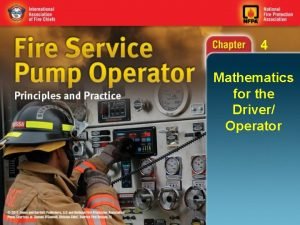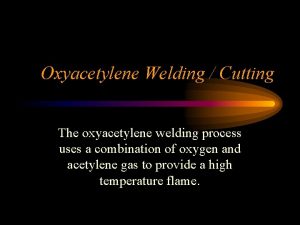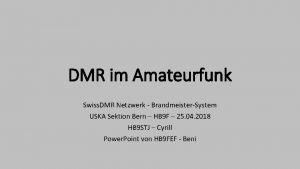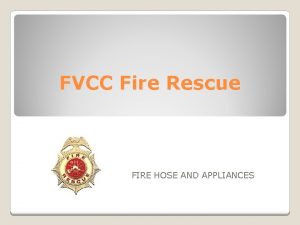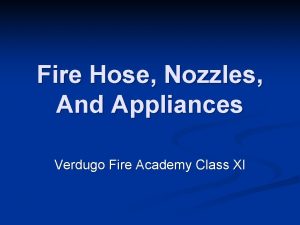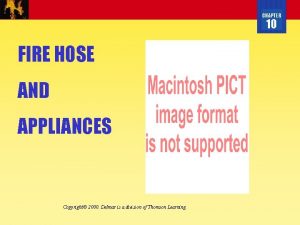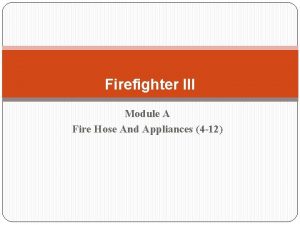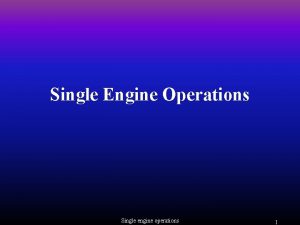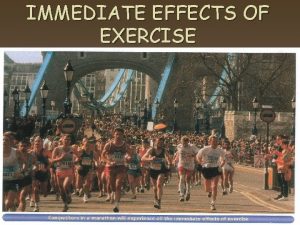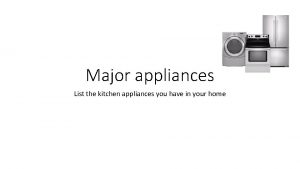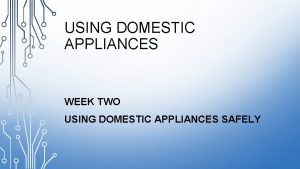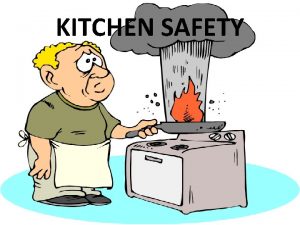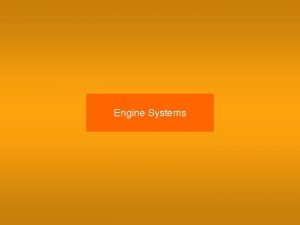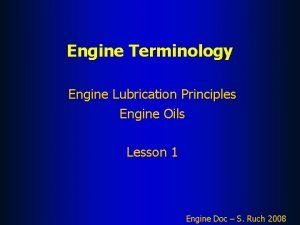ENGINE CO OPERATIONS Fire Hose Appliances Ver 2020

















































- Slides: 49

ENGINE CO. OPERATIONS Fire Hose & Appliances Ver. 2020. 1

ENGINE OPERATIONS Drills Objectives: Classroom – (45 -60 Min. ) • • • Engine Company responsibilities Review Types of Hose & Uses Review Types of Nozzles, Components & Uses Components of an effective hose Line Review Hose appliance and their uses Review putting a hose line in operation utilizing engine company riding positions • Review Staging hose for effective movement

ENGINE OPERATIONS Drills Objectives: Hands on – (60 -90 Min. ) • • • Connecting to a Hydrant – (hydrant bag) Putting a pre-connect into operation Putting deadbed hose into operation Pulling/making a combination line Master Streams – 5” Hose use Packing Hose

ENGINE OPERATIONS • Fire hose, nozzles and hose appliances are among the most basic equipment used by firefighters. • Individual applications of these tools are sometimes misunderstood, resulting in incorrect and unsafe practices. • Firefighters need to develop a good understanding of each type of hose, nozzles & appliance carried on the engine’s along with their intended use(s). • This knowledge will provide a more efficient fire fighting operation, vastly enhanced safety. . .

FIRE HOSE & APPLIANCES The Engine Companies has 2 BASIC OBJECTIVES: OBJECTIVES 1. Get Water to the Engine 2. Get Water FROM that Engine on to the Fire We Accomplish this through the use of Fire Hose & Appliances The More effective we accomplish these objectives the quicker water gets on the fire and the quicker we all go home!

FIRE HOSE & APPLIANCES Fire Hose - is identified and placed in four categories. a) Attack hose – Any hose that is used to directly control and extinguish fire. ( your Basic Fire Fighting hose ) b) Relay-supply hose – Designed to move large volumes of water at low pressure, < 100 psi. ( Our typical 5” hose ) c) Intake hose – Connects pumpers or a portable pump to a nearby water source. ( Hard Suction – used in drafting -“suction” ) d) Extinguisher hose – Used on large extinguisher units, that may be stationary, wheeled, or mounted on a vehicle. ( Booster Line )

FIRE HOSE & APPLIANCES The four classifications of hose is based on their method of construction. a) Woven jacket ( everyday jacketed hose) b) Rubber covered ( our 5” hose) c) Braided ( booster hose) d) Wrapped ( Hard Suction )

FIRE HOSE & APPLIANCES The three basic types of hose couplings. a) Threaded couplings. b) Sexless couplings. ( Storz type) c) Snap couplings

FIRE HOSE & APPLIANCES The most commonly used Hose Appliance is the Nozzle Types of nozzles: a) Solid stream. b) Fog stream. c) Broken (Foam) stream. d) Master Stream. There Operating pressures 50 - 80 lbs – Solid steam nozzles 100 lbs – Fog Stream nozzles

FIRE HOSE & APPLIANCES Major components of nozzles: a) Nozzle control valves : such as ball, slide, and rotary control valves. b) Tips such as fog, smoothbore or special purpose. c) Play pipe usually with double handles and tapered. d) Stream sharpeners improve laminar flow to nozzle tip. e) Accessories such as pistol grips and large double handles. f) Gallon adjustment with some fog nozzles

FIRE HOSE & APPLIANCES Components of nozzles: Note: 2. 5” Nozzle when the tips are removed – has 1. 5” male coupling. This can be used to reduce 2. 5” line to 1. 75” and can be use as a Gate to control water flow. Usually done when reducing the 2. 5” attack line to a 1. 75” line to do overhaul, limiting water damage.

FIRE HOSE & APPLIANCES Special Purpose Nozzles: a) Cellar nozzles. b) Water curtain nozzles. c) Piercing nozzles. d) Chimney nozzles. e) Low velocity Fog nozzles. f) High-pressure Fog nozzles.

FIRE HOSE & APPLIANCES Nozzle Streams: Broken • Coarsely Divided Drops of Varied Size • Good Heat Absorption Solid • Little Shower or Spray • Good Reach and Penetration Fog • Fine Particles • Adjustable Pattern • High Water to Stream Ratio

FIRE HOSE & APPLIANCES Fog Nozzle Streams: Broken Coarsely Divided Straight • Stream Drops of Varied Size • Good Heat Absorption 15° to 45° Narrow Fog Solid • Little Shower or Spray • Good Reach and Wide Fog Penetration 45° to 80° Fog • Fine Particles • Definite Pattern • High Water to Stream Ratio

FIRE HOSE & APPLIANCES The four basic components of an effective fire line: a) Reliable water supply. b) Engine equipped with adequate pumping capacity. c) Appropriate fire equipment such as hose & nozzles. d) Most importantly - Properly Trained Personnel to put it all together and into operation, efficiently.

FIRE HOSE & APPLIANCES Common problems with an ineffective Fire Line: a) Broken or inadequate hydrant or water source b) Kinks in hose lines, reducing flow ( supply or attack ) or - over pumping lines to compensate, making them difficult to operate or control. c) Water Hammers (damage line or pump) d) Inadequate size line or nozzle for the job e) Over heated pump – not moving water f) Inadequate training

FIRE HOSE & APPLIANCES When establishing lines – there may be a need for additional hose appliances such as: Siamese ( 2 into 1 ) 2 females intakes making 1 output Siamese (2) makes bigger Remember: Male goes into Female Wye – ( 1 into 2 ) 1 female intake making 2 outputs “Why make smaller” Either can be found with or without gates

FIRE HOSE & APPLIANCES When establishing lines – there may be a need for the use of an additional hose appliance such as: Manifolds ( 1 making 3 -5) 1 females intakes making Multiple ( 3 / + ) outputs Water Thief's - Output(s) tapped off a Large Gate ( Used to maximize a water supplies ) Think of it as a Gated Hydrant w/ a 4. 5” and (2)gated 2. 5” spuds

FIRE HOSE & APPLIANCES When establishing lines – there may be a need for the use of an additional hose appliance such as: Gate: “a Shut off” Wheel Type Found on standpipes ¼ Turn ball valve aka Hydrant gate Crank Type Still out there - positive is it Prevents Water Hammers

FIRE HOSE & APPLIANCES When establishing lines – there may be a need for the use of an additional hose appliance such as: (male coupling goes to the fire) Adaptors: “adapts” one style hose or thread into another Storz to 2. 5” Male Storz to Steamer “Hydrant” aka reducer Female to Male aka Double Male 2. 5” Male – Male 1. 5” aka reducer Male to Female aka Double Female - Just a few Many find any combination

FIRE HOSE & APPLIANCES When establishing lines – there may be a need for the use of an additional hose appliance such as: Adaptors: also can adapt one style thread into another When we see female to male adaptors PIPE THREAD Can also converts one style thread into another. NYC NS Pipe NS NS DEPT’S THREAD A lot of the time thread NOT being used by the dept. will be painted a different color. ( to made them stand out ) It will also be stamped the thread type. NYC NS NYC

FIRE HOSE & APPLIANCES When establishing lines – there may be a need for the use of an additional hose appliance such as: Stream Shapener: In- line Pressure Gauge: improves laminar flow to a nozzle Displays the pressure being supplied to a line, at the point of attachment. Used in our standpipe connections Water need to me flowing for accurate readings

FIRE HOSE & APPLIANCES When establishing lines – there may be a need for the use of an additional hose appliance such as: 30 , 45 & 90 degree elbows: used to either soften the water as it enters a line or used to directed a line in a different direction, preventing kinks. 30 degree 45 degree 90 degree

FIRE HOSE & APPLIANCES When establishing lines – there may be a need for the use of an additional hose appliance such as: End Caps: Cap for a Male coupling Cap for a Female coupling Cap for a Storz coupling

FIRE HOSE & APPLIANCES When establishing lines – there may be a need for the use of an additional hose appliance such as: Wrenches: To Tighten/Loosen these appliances – we use: Spanner Wrench 1. 5” & 2. 5” Hose Hydrant Wrench Stortz Wrench Sexless Stortz Rubber Mallet Steamer couplings Pipe Wrench Combo Stortz Wrench All : stortz – 2. 5” & 1. 5” Combo Hydrant/Spanner Wrench

FIRE HOSE & APPLIANCES When establishing lines – there may be a need for the use of an additional hose appliance such as: Hose Bridges/Rams: For extended operations – Bridges/Rams may be used to keep the needed apparatus and resources flowing to scene if the roads are blocked by hose.

FIRE HOSE & APPLIANCES When establishing lines – there may be a need for the use of an additional hose appliance such as: Hose Straps: Hydrant Strap Hose Strap These straps are used to help hose movement or securing hose to an object such as a hydrant or ladder A “hose strap” isn’t the strap that hold a high rise pack together!

FIRE HOSE & APPLIANCES Other appliances: Hose Roller: Hose Clamp: Used to drain water from the hose ( mainly 5” ), before we load back on the rig. Used to stop water flow in a line, as a gate would, when ability to do so is lost

FIRE HOSE & APPLIANCES Hydrant Bag: ( Have each probie in class - name a components & its use ) A bag that carries all appliance needed to secure a hydrant.

FIRE HOSE & APPLIANCES ( Have each probie in class - name a components & its use ) Stand Pipe Bag: A bag that carries all appliance needed to secure a stand pipe.

FIRE HOSE & APPLIANCES High-rise packs: (2) 50’ of hose – packed so it can be carried easily to a location of standpipe. At Fire: Nozzle Position – 1 High Rise pack – (Nozzle in Bag) Back Up – 1 High Rise pack Control – 1 High Rise pack – ( in line pressure gauge in bag) Nozzle and Control – Needs to assure Bag carried up by Officer

FIRE HOSE & APPLIANCES

FIRE HOSE & APPLIANCES 33’ & 66’ length(s) - 5’ hose: Since a length of 5” hose is 100’ long, when we lay a line to/from a hydrant we may only need 20 -40’ to finish the connection. Instead of pulling another 100’ and trying to disburse that addition 60’, we’ll use either 1 or 2 of the 33’ or 66’ length, on side of rig, to make up the shortage.

ENGINE OPERATIONS Putting Attack Line in Operation: Once we’ve done an adequate size up and determined : Pre-connect What size attack line is needed for Incident – (Big fire – Big water) Dead Bed Rule of thumb – Commercial - 2. 5” Residential - 1. 75” Inside – Solid Nozzle Outside – Fog Nozzle Pull the appropriate line from the rigs Pre-connects - 200’ of 1. 75” or 200’ of 2. 5” = already connected to rig’s discharge. - Or The appropriate amount line from the dead bed. ** With the Appropriate Nozzle **

ENGINE OPERATIONS Putting Attack Line in Operation: Three functional positions of an attack line: a) Nozzle b) Back-up c) Control (s) If Available a 4 th position “Door” position may be utilized

ENGINE OPERATIONS Putting Attack Line in Operation: Three functional positions of an attack line: a) Nozzleman: ( 1 Length of hose – 50’) • leader of the attack line crew, in the absence of a line officer, • determines the method of attack, • operates the nozzle, • controls speed of advancement and retreat, • communicates directions to crew members. When adjusting the pattern of a Fog nozzle - ( right is tight ) the same goes for tightening hose & adaptors Test line, bleeding off air before getting to fire room or even in the building.

ENGINE OPERATIONS Putting Attack Line in Operation: Three functional positions of an attack line: b) Back-up man: (1 length of hose – 50’ ) • assists in locating hazards, • directly supports nozzleman in the control of hose and nozzle, *wants to be doing opposite nozzle – ( nozzle right – back up left , nozzle up – back up down ) • communicates information between nozzleman and control position.

ENGINE OPERATIONS Putting Attack Line in Operation: Three functional positions of an attack line: c) • • • Control: ( the position that will make or break the hoseline effectivness) effectivness ensures that adequate hose is available for advancement; Prevents kinks at doorways, stairways, landings and obstacles; controls the retreat of hose line; watches for the development of hazards behind the hose crew. “Controls” all the hose line between – Back up or Door ( if One ), all the way back to the Engine. In situation with large stretches, multiple rooms or turns – multiple control positions may and should be utilized when available – 1 at each turn. When there are multiple Control position, each would be responsible for all the hose in front and behind them, to the next position or the engine.

ENGINE OPERATIONS Putting Attack Line in Operation: Fourth functional positions of an attack line: If resources allow – note Rarely early! d. • • • Door: ensures that adequate hose is available for advancement, Prevents kinks, feeding hose into the fire area Stages loops in hose for future advancement ; watches for the development of hazards behind the hose crew. Controls all the hose line between – Back up person to the Door of area the hose line is operating in. Multiple controls positions are more commonly utilizing then a Door position. This give more flexibility and more area that is covered. In these cases a control person should be monitoring all the hose inside the fire room along with the other hose in their responsibility.

ENGINE OPERATIONS Putting Attack Line in Operation: When Pulling Line from Rig ( Pre-connect or Dead bed ) : Nozzleman – should take a couple of folds* , step off rig and stop *( should be approx 50’ or 1 length of hose) Backup – should then that a few folds of hose *, step off rig and together with Nozzleman , they should walk to front door. ( this set length is found in loops in pre-connects or horseshoes in dead bed ) Control – will then take the remainder of the pre-connect & flake out between back up and the Rig. * If pulling Dead bed, control will make sure proper amount of hose comes off the Rig ( 50’ per length ) – Break at coupling and hand to pump operator. Control will then flake hose out between back up and the Rig – getting line taut between engine and entry = less hose to manage

ENGINE OPERATIONS Putting Attack Line in Operation: Out of all the members on the Line, ( although probably the least glorious), the Control, will “Control” the success or failure of the hose team. Having the responsibility to : • Assure no kinks of line – ( directly effect the water supply ) • Flakes line out in a way it can be easily advanced ( effects how fast water will get on the fire) • Line is not bound up at doorways and turns ( effects how fast water will get on the fire) • Monitors conditions around & behind the nozzle ( effects the hose team safety ) With multiple turns and stairways the use of a 2 nd & 3 rd control persons is recommended when manpower permits, to allow for rapid advancement of line.

ENGINE OPERATIONS Putting Attack Line in Operation: If control gets all the hose pulled up to entry – Taut with the engine – PRIOR TO LINE BEING CHARGED They’ve just made their job 100 X easier! When this isn’t accomplished – Now have to pull heavy hose (8 lbs per gallon), pull up to entry as the hose advances into the structure – work smarter not harder! harder Waiting 15 seconds to get line charges ( so line can be pulled up prior to) especially when you know you’re going to be light handed for a bit, can be a real difference maker! Spending a few seconds to stage hose – again can be a difference maker as well – 10 seconds to stage hose or an extra 1 minutes or 2 to get hose to the fire area. . .

ENGINE OPERATIONS Putting Attack Line in Operation: When flaking Hose: Use Gravity & Physics to your advantage -

ENGINE OPERATIONS Putting Attack Line in Operation: When flaking Hose: Use Gravity & Physics to your advantage Here we see: • 1 member at turn at bottom of stairs • 1 member at Middle of stairs • Control has put hose up stairs so gravity can help feed hose into room • control’s in position can see ahead and also down stairs • control doesn’t need to move position until all hose on above stair is in door

ENGINE OPERATIONS Practical Application HYDRANT CONNECTIONS: • Role of hydrant position • Parts of hydrant, different threads, different means of connecting • Checking • Components of hydrant bag / items use • Hydrant operation – front suction • Wrapping , laying from hydrant – connecting use 33’, 66’ • Hooking to hydrant – Large & Small operations – Use of adaptors

ENGINE OPERATIONS Practical Application ENGINE APPLIANCES: • Use of Manifolds, 2 ½” Gate, Wye Gate, Siamese, reducers • Use of Foam Adductor, Foam Nozzle • Use of Piercing Applicator, Task Force Nozzle, Smoothbore Nozzle Tip, Chimney Snuffer Nozzle, bresnan distributor • Define and describe the purpose of Preconnect/ Mattydale/ cross lays • Define and describe Pony Lengths • Define and describe Dead bed Hose • Define and Describe purpose of Booster Reel • Define and Describe purpose of Trash line • Show to control ladder rack

ENGINE OPERATIONS Practical Application HAND LINES: • Describe the roles and responsibilities of the Nozzle Position • Describe the roles and responsibilities of the Backup Position • Describe the roles and responsibilities of the Control Position • In Pulling: 1. Pre-connect 2. Deadbed 3. Combination Line • Demo – Smoothbore vs Taskforce Nozzles

ENGINE OPERATIONS Practical Application MASTER STREAMS: • Define Exterior operation and master streams • Show to properly feed a Tower Ladder • Show to properly lift, lower, rotate, operate and remove deck gun from engine • Show to properly set up a portable deck gun operation

ENGINE OPERATIONS Practical Application PACKING HOSE: • Show How to properly drain small and large diameter hose • Show to pack 5” hose – assuring couplings don’t flip coming out of the bed when laying. • Show to properly pack Pre-connect Hose • Show to properly pack dead bed hose make a Horseshoe pack last 2 lengths • Show to pack a Combination Line • Show to properly pack Front trash line
 Which hose appliance combines two hose lines
Which hose appliance combines two hose lines Siamese appliance
Siamese appliance Dutchman fire hose
Dutchman fire hose O dia de pentecostes mattos nascimento
O dia de pentecostes mattos nascimento Condensed q formula for 4 inch
Condensed q formula for 4 inch Reverse horseshoe hose load
Reverse horseshoe hose load Shoulder loop hose carry
Shoulder loop hose carry Nfpa 1961
Nfpa 1961 Fire hose reel signage standards
Fire hose reel signage standards Internal combustion vs external combustion
Internal combustion vs external combustion Reichstag fire who was the fire starter
Reichstag fire who was the fire starter Fire damper connection to fire alarm
Fire damper connection to fire alarm Ire fire fire rwi
Ire fire fire rwi Extinguisher parts
Extinguisher parts Retentive component of a removable appliance
Retentive component of a removable appliance Activator appliance
Activator appliance Ao appliances online
Ao appliances online Amann appliances
Amann appliances Graduated commision
Graduated commision Chapter 8 kitchen appliances
Chapter 8 kitchen appliances Zeta hrms kcm appliances
Zeta hrms kcm appliances Selecting major appliances
Selecting major appliances Lifting tackles
Lifting tackles Fränkel 2 appliance uses
Fränkel 2 appliance uses Servco appliances
Servco appliances Lifesaving appliances
Lifesaving appliances Alone db
Alone db Home appliances
Home appliances Midea kitchen appliances
Midea kitchen appliances Abandon ship signal sounds
Abandon ship signal sounds Aparna home appliances
Aparna home appliances All appliances must be equipped with a service aperture
All appliances must be equipped with a service aperture System dependent recovery equipment cannot be used when
System dependent recovery equipment cannot be used when Wap appliances
Wap appliances A holy minded man of good renown
A holy minded man of good renown Battery limit in p&id
Battery limit in p&id Abe odd hull luck oak
Abe odd hull luck oak Industrial hose training
Industrial hose training Nahad hose institute
Nahad hose institute Nahad hose institute
Nahad hose institute Tout toute tous toutes übungen
Tout toute tous toutes übungen A fireman turns on his hose and is knocked backwards.
A fireman turns on his hose and is knocked backwards. How to hoist an axe
How to hoist an axe Accordion hose load
Accordion hose load Panty hose company
Panty hose company Firefighter hose
Firefighter hose Condensed q formula for 3 inch hose
Condensed q formula for 3 inch hose Never use acetylene at a working pressure above ____ psi
Never use acetylene at a working pressure above ____ psi Swissdmr
Swissdmr Anesthesia airway anatomy
Anesthesia airway anatomy
